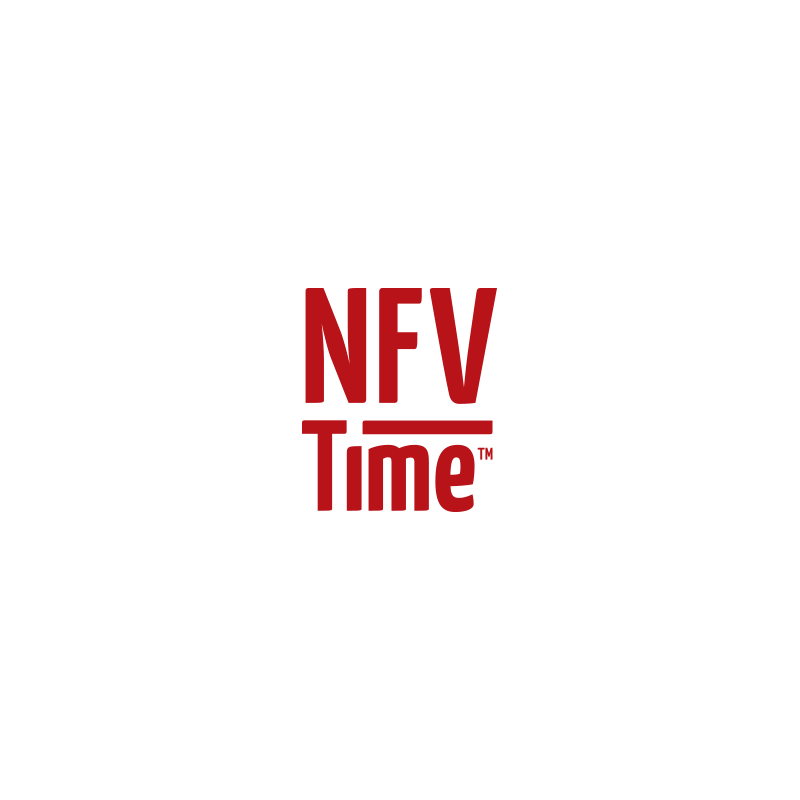Telco Systems NFVTime™-OS – The NFVi OS that turns any x86 into a carrier class uCPE
The heart of the NFVTime is an open source, thin and robust NFVi-OS that turns any x86-device, low or high resources, to a fully operational uCPE. With a very low system footprint and design optimized to extract superior performance from Intel™ processors, it is the perfect solution for operators seeking to rapidly deploy end-to-end, carrier-class networking solution for business or metro environment.
NFVTime-OS allows complete decoupling between hardware, software and VNF, enabling mix and match to optimize the service provider flexibility, Cap-Ex, Op-Ex and most importantly, utilize the community innovation and quickly adopt new hardware, services and architecture versions. It can run any VNF service out of the box and requires zero setup thanks to the NFVTime-Central provisioning and control server.
NFVTime-OS is tested and certified on many hardware types, obtained from any vendor or directly from Telco Systems.
NFVTime-OS support out of the box broad hardware from leading HW vendors and broad VNF library. With the backup of NFVTime-central, it automate and allow swift deployment of NFV services in matter of weeks from decision to service launch.

NFVTime-OS Architecture
NFVTime-OS architecture is based on open source and community projects optimized to achieve carrier class uCPE. NFVTime uses RT Kernel to optimize and improve performance of the overall uCPE and VNFs performance.
uCPE Lifecycle Management Apps provide functions not available in OpenStack such as:
- Security – includes platform security, SSO, remote secure upgrade and more
- uCPE Health Monitoring agent – monitors uCPE health on different levels, and provides real time notifications / alarms to the Orchestration / Controller systems when an issue is detect. In some cases it attempts self-healing. The following monitoring levels are supported:
- HW level – temperature, fans, PSUs, CPU/RAM/Disk usage, etc.
- OS level – critical Linux processes & services, OVS, KVM, etc.
- OpenStack level – OpenStack agents (Nova, Neutron, etc.)
- Virtual Network level – virtual network traffic statistics (per VLAN, per flow, per virtual port)
- VM level – aliveness of VM processes, and possibly their vCPU/vRAM usage. This doesn’t include monitoring of the VNF itself (e.g. vFW internal statistics). Also, the Health Monitoring agent will never attempt VM self-healing as this must be controlled by the Orchestrator or VNFM.
- Home Calling & Remote Upgrade agent – a real Zero Touch Provisioning functionality. It connects to the default Provisioning Server upon first boot and initiates the Home Calling procedure.
